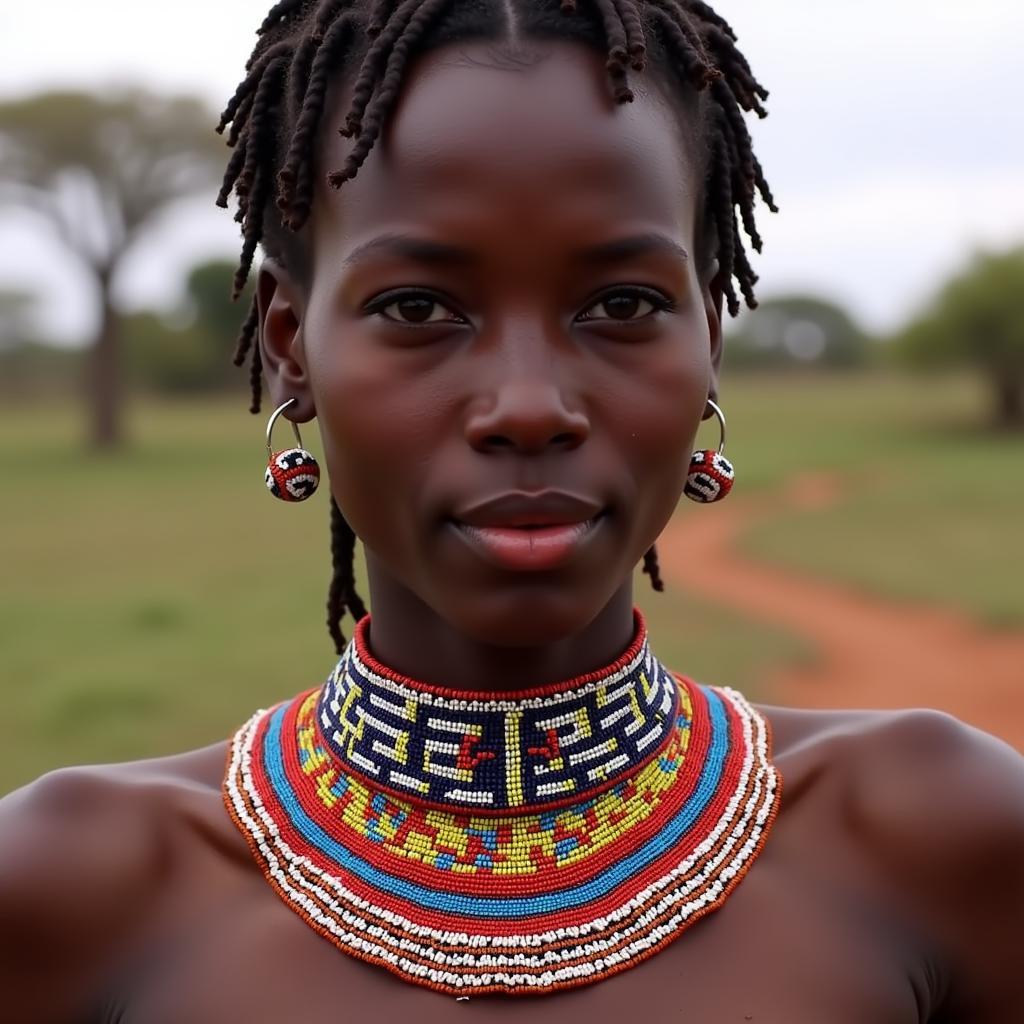Exploring the East African Great Rift Valley
The East African Great Rift Valley is a geological wonder, a vast scar stretching over 6,000 kilometers from northern Syria to central Mozambique. This natural marvel, formed over millions of years, offers a glimpse into the Earth’s dynamic processes and harbors a unique ecosystem teeming with life. Let’s delve into the wonders of this incredible natural phenomenon.
Understanding the Formation of the East African Great Rift Valley
The East African Great Rift Valley is a result of tectonic plate movement. As the African plate slowly pulls apart, the Earth’s crust thins and stretches, creating a series of valleys, volcanoes, and mountains. This ongoing process, known as rifting, continues to shape the landscape and offers scientists a unique opportunity to study the Earth’s geological evolution. The rift is home to some of the world’s most active volcanoes, including Mount Kilimanjaro and Mount Kenya, adding to the dramatic scenery. The valley’s unique geology provides a diverse range of habitats, from lush forests to arid deserts.
The Geological Significance of the Rift Valley
The East African Great Rift Valley is more than just a beautiful landscape; it is a living laboratory for geologists. The exposed layers of rock offer a window into the Earth’s past, revealing ancient fossils and providing insights into past climates and ecosystems. The ongoing volcanic activity allows scientists to study the Earth’s internal processes and monitor the movement of tectonic plates.
What makes the East African Rift Valley particularly fascinating is its potential to eventually split the African continent, forming a new ocean basin. This slow but powerful process underscores the dynamic nature of our planet. The rift system also plays a significant role in influencing regional weather patterns and creating diverse microclimates within the valley.
The Biodiversity Hotspot: Flora and Fauna of the Rift Valley
The unique environment of the East African Great Rift Valley supports an incredible diversity of plant and animal life. From the iconic acacia trees of the savanna to the unique african cichlid species profiles found in the Rift Valley lakes, the region is a biodiversity hotspot. Many species found here are endemic, meaning they exist nowhere else on Earth.
Wildlife of the East African Great Rift Valley
The Rift Valley is home to some of the world’s most iconic wildlife, including lions, elephants, giraffes, and zebras. The diverse habitats, ranging from open grasslands to dense forests, support a wide range of animal species, each adapted to its specific environment. Birdwatchers will also find paradise here, with hundreds of bird species, including flamingos and raptors, calling the Rift Valley home. Predators like cheetahs and leopards thrive in the varied landscapes, while large herds of herbivores migrate across the plains.
Human Impact and Conservation Efforts
The East African Great Rift Valley has been inhabited by humans for millennia, and the region’s rich resources have played a vital role in human history. However, increasing human populations and activities pose a threat to the fragile ecosystem. Conservation efforts are crucial to protect the unique biodiversity of this remarkable region. Organizations are working to mitigate the impact of human activities and promote sustainable development. Educating local communities about the importance of conservation is also essential for long-term success.
Conclusion
The East African Great Rift Valley is a geological masterpiece and a testament to the power of nature. Its dramatic landscapes, unique biodiversity, and ongoing geological activity make it a place of wonder and scientific discovery. Conserving this natural treasure for future generations is a shared responsibility.
FAQ:
- What caused the East African Great Rift Valley? Tectonic plate movement.
- How long is the East African Great Rift Valley? Over 6,000 kilometers.
- Where is the East African Great Rift Valley located? From northern Syria to central Mozambique.
- What are some famous volcanoes in the East African Rift Valley? Mount Kilimanjaro and Mount Kenya.
- Why is the East African Great Rift Valley important? Geological significance, biodiversity, human history.
- What animals live in the East African Great Rift Valley? Lions, elephants, giraffes, zebras, and many more.
- What are the threats to the East African Great Rift Valley? Increasing human population and activities.
You can also check out these articles: african cichlids species guide, african cichlid natural habitat. For a wider perspective, browse information on all african countries. You might also be interested in african cichlid bangalore for a specific regional focus.
For any assistance, feel free to reach out to us at:
Phone: +255768904061
Email: [email protected]
Address: Mbarali DC Mawindi, Kangaga, Tanzania.
We have a 24/7 customer service team available to help.

